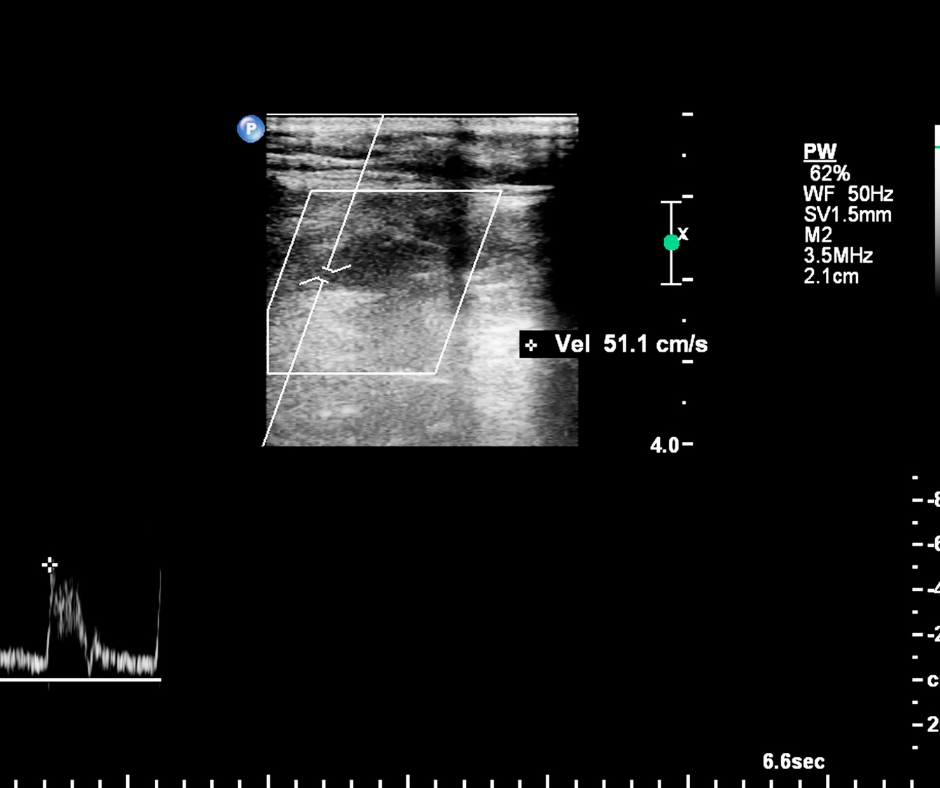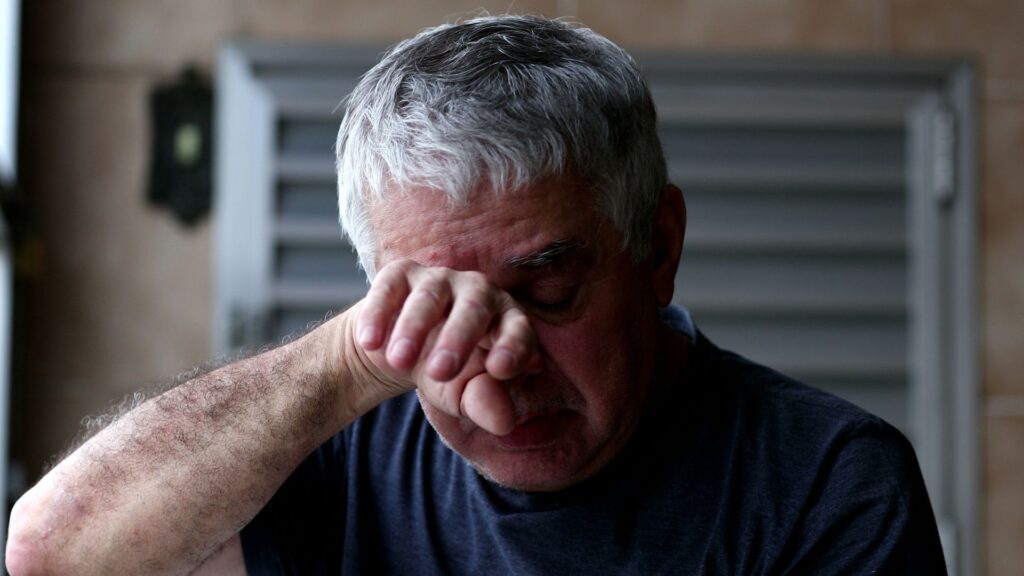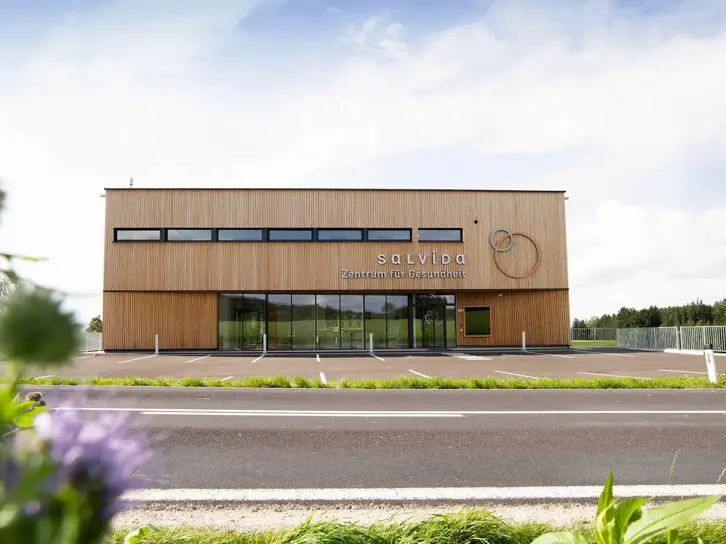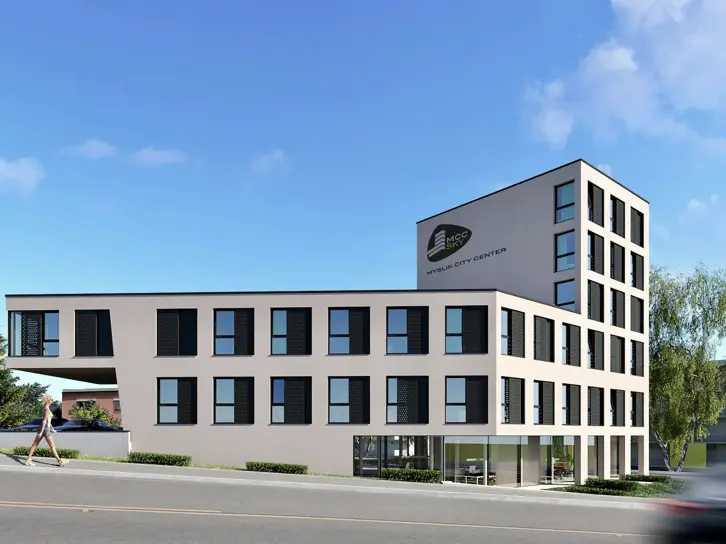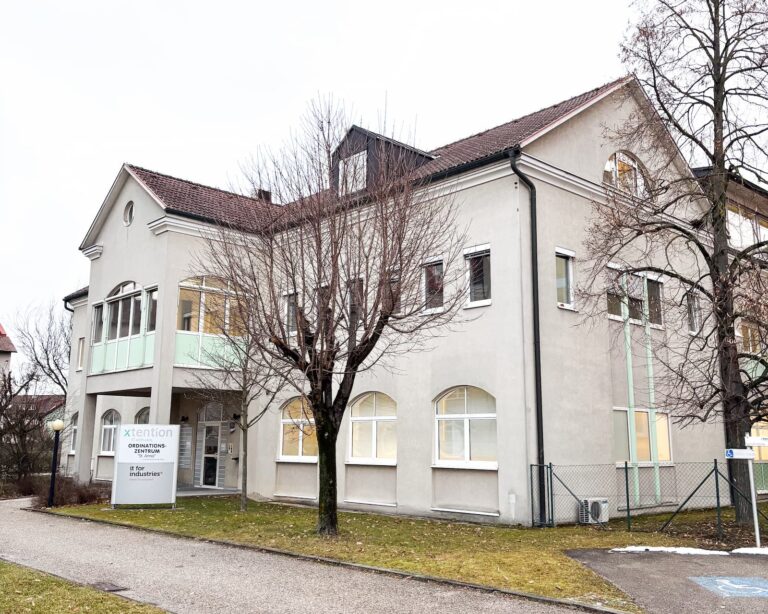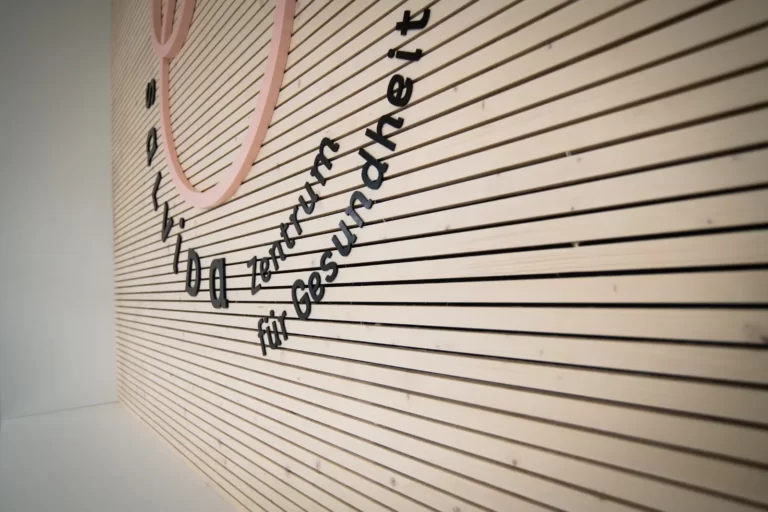In vein sclerotherapy, also known as vein obliteration, a special sclerosing agent is injected into the affected veins in either foamed or liquid form. This agent causes damage to the inner vessel wall, gradually transforming the vein into connective tissue and breaking it down.
As the reduction process takes time, the final result is usually only visible after several weeks. Depending on the severity, several sessions are often required to achieve a satisfactory result.
Sclerotherapy is the standard procedure for treating fine, superficial varicose veins such as spider veins or reticular varicose veins. Larger varicose veins can also be treated with this method. Whether another treatment option is more suitable in a particular case is assessed on an individual basis.
If necessary, sclerotherapy can be performed under ultrasound guidance. This is particularly the case for deeper veins or vessels associated with chronic wounds such as leg ulcers.
A thorough examination is carried out before treatment to ensure that the method is suitable. Alternative treatment approaches are also discussed, as a combination of different methods is often recommended.
The treatment is performed on an outpatient basis in the practice and does not require local anesthesia. Immediately afterwards, a walk of at least 30 minutes and the wearing of compression stockings is recommended. In addition, the skin should be protected from sunlight for around four weeks.


